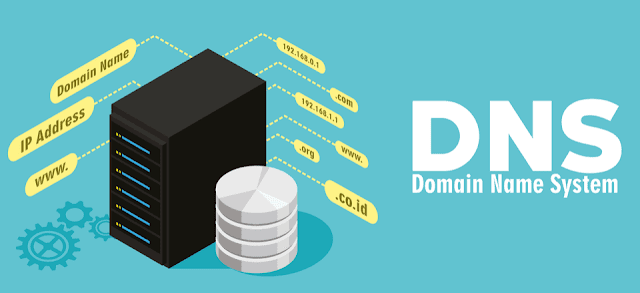In the vast landscape of the internet, where millions of websites are just a click away, have you ever wondered how the seemingly simple act of typing a web address in your browser's address bar takes you to the desired website? The answer lies in the intricate marvel of technology known as the Domain Name System (DNS). At its core, the DNS is the internet's address book, translating user-friendly domain names into machine-readable IP addresses, facilitating seamless and efficient communication across the web. In this article, we delve into the depths of the DNS, unraveling its layers of complexity and unveiling the magic that allows us to navigate the digital realm effortlessly.
Understanding the DNS: A Brief Overview
At its essence, the DNS serves as a translator between human-readable domain names and IP addresses, which are numerical identifiers assigned to each device connected to the internet. Imagine trying to remember a series of numbers every time you want to visit a website – not very practical, right? This is where domain names come to the rescue, offering a memorable and intuitive way to access online resources.
The DNS Hierarchy: Layers of Organization
The DNS operates as a hierarchical system, organized into different levels, each contributing to the overall efficiency and accuracy of the process. Let's break down these layers:
1. Root Domain
At the pinnacle of the DNS hierarchy lies the root domain. It consists of a single dot (.) and represents the starting point for all domain name resolutions. This level is maintained by a group of authoritative servers managed by the Internet Corporation for Assigned Names and Numbers (ICANN).
2. Top-Level Domains (TLDs)
Beneath the root domain are the top-level domains (TLDs), which include familiar extensions like .com, .org, and .net. These TLDs are managed by specific registry operators, and each TLD can have multiple second-level domains associated with it.
3. Second-Level Domains
Immediately below the TLDs are the second-level domains. These are the recognizable names that users commonly associate with websites. For example, in the domain "example.com," the "example" part is the second-level domain.
4. Subdomains
Subdomains are prefixes added to the domain name to create specific sub-sections of a website. They allow for further organization and customization of web content. For instance, "blog.example.com" is a subdomain of "example.com."
DNS Resolution: Behind the Scenes
When you type a domain name into your browser, a series of intricate steps are set in motion to translate that name into the corresponding IP address. This process, known as DNS resolution, involves several key players:
1. Resolver
Your device, such as your computer or smartphone, starts by sending a query to a DNS resolver. This resolver acts as an intermediary between your device and the DNS servers.
2. Recursive DNS Servers
The resolver, not having the IP address information itself, contacts recursive DNS servers. These servers, also known as caching DNS servers, perform the legwork of finding the IP address associated with the domain name. They can either provide the answer from their cache or initiate a journey through the DNS hierarchy to find the authoritative name server.
3. Authoritative DNS Servers
Authoritative DNS servers hold the official records for specific domain names. When the recursive DNS server reaches the authoritative server for the queried domain, it retrieves the IP address and relays it back to the resolver.
4. Returning the IP Address
Once the resolver has the IP address, it sends it to your device, allowing your browser to establish a direct connection with the web server hosting the website you want to visit.
Ensuring Reliable DNS Performance
In the digital age, where speed and reliability are paramount, DNS performance plays a crucial role in delivering seamless online experiences. Organizations often employ strategies to optimize DNS resolution, such as:
◉ Caching: Recursive DNS servers store IP address information in their cache to expedite future requests for the same domain.
◉ Anycast Routing: This technique involves routing DNS queries to the nearest available DNS server, minimizing latency and enhancing speed.
◉ Load Balancing: Distributing DNS queries across multiple servers prevents overloading and ensures consistent performance.
Conclusion
The Domain Name System is undoubtedly one of the unsung heroes of the internet, working tirelessly behind the scenes to ensure that we can effortlessly access websites by their user-friendly names. Its hierarchical structure, intricate resolution process, and continuous optimization efforts collectively contribute to the seamless navigation of the digital landscape. So, the next time you type a domain name into your browser, remember the intricate magic of the DNS that makes it all possible.








0 comments:
Post a Comment